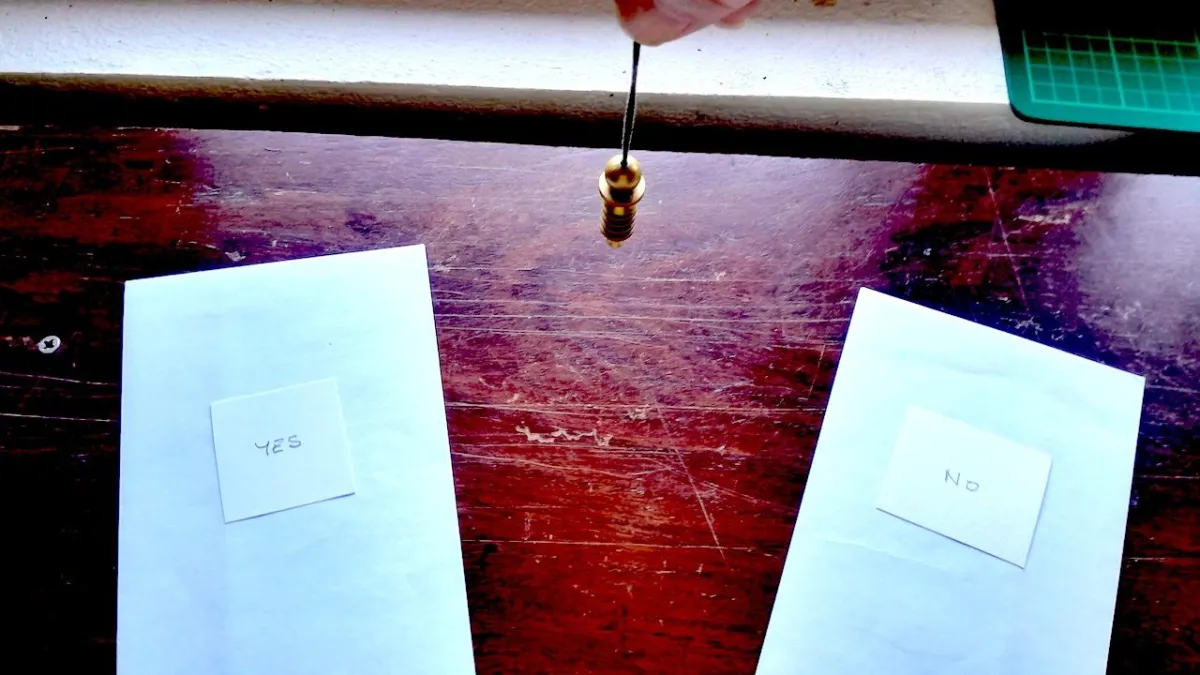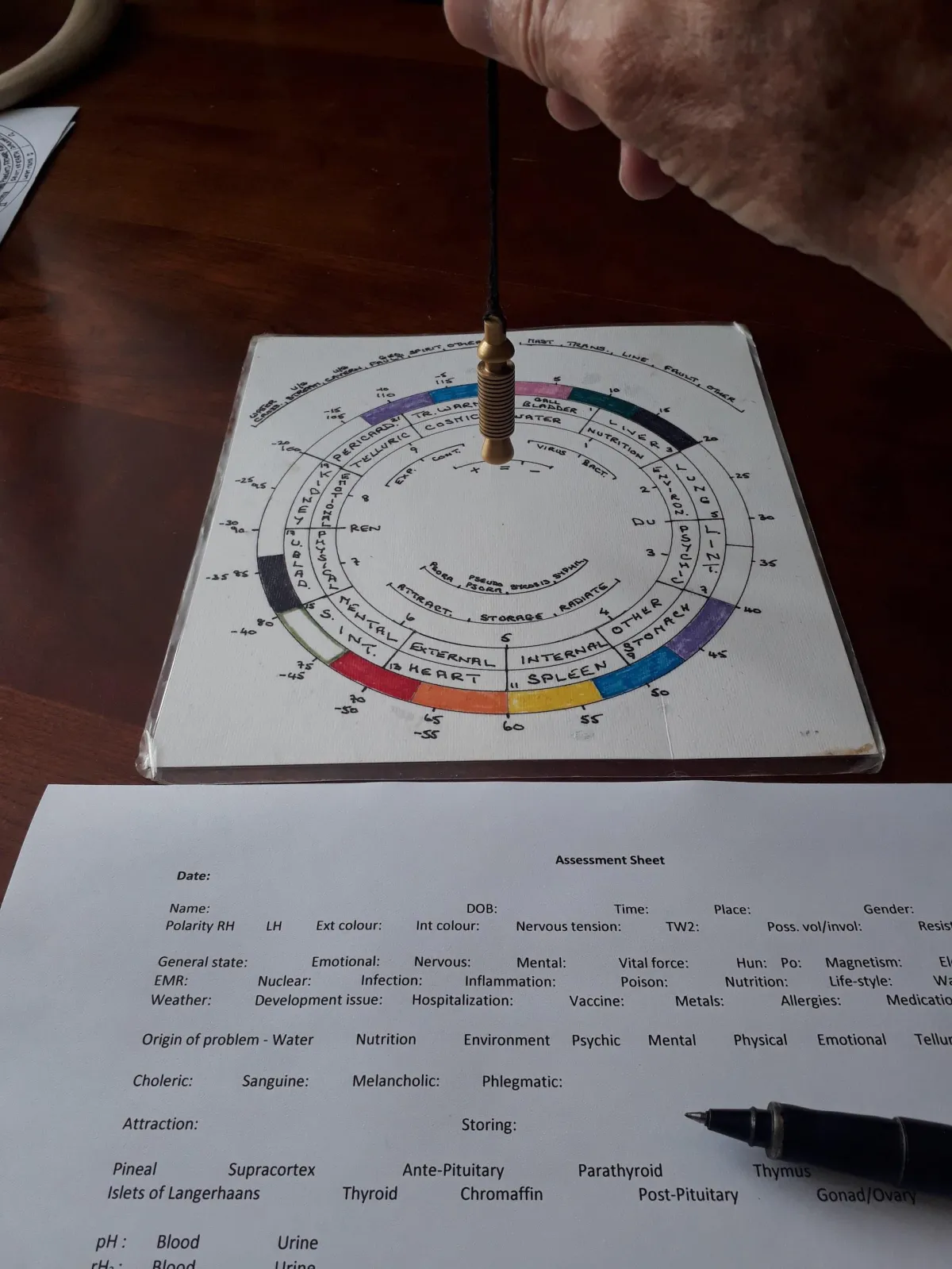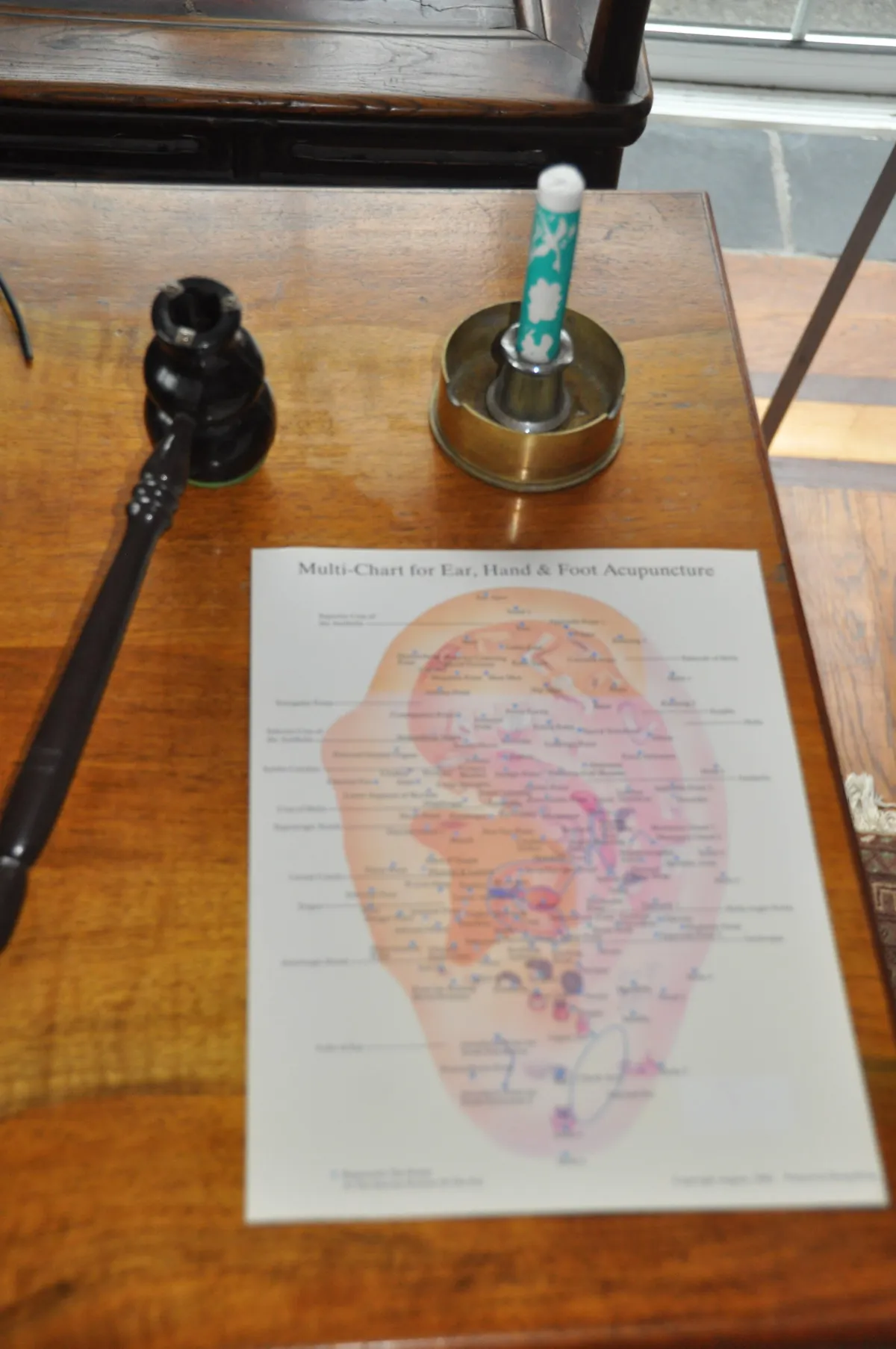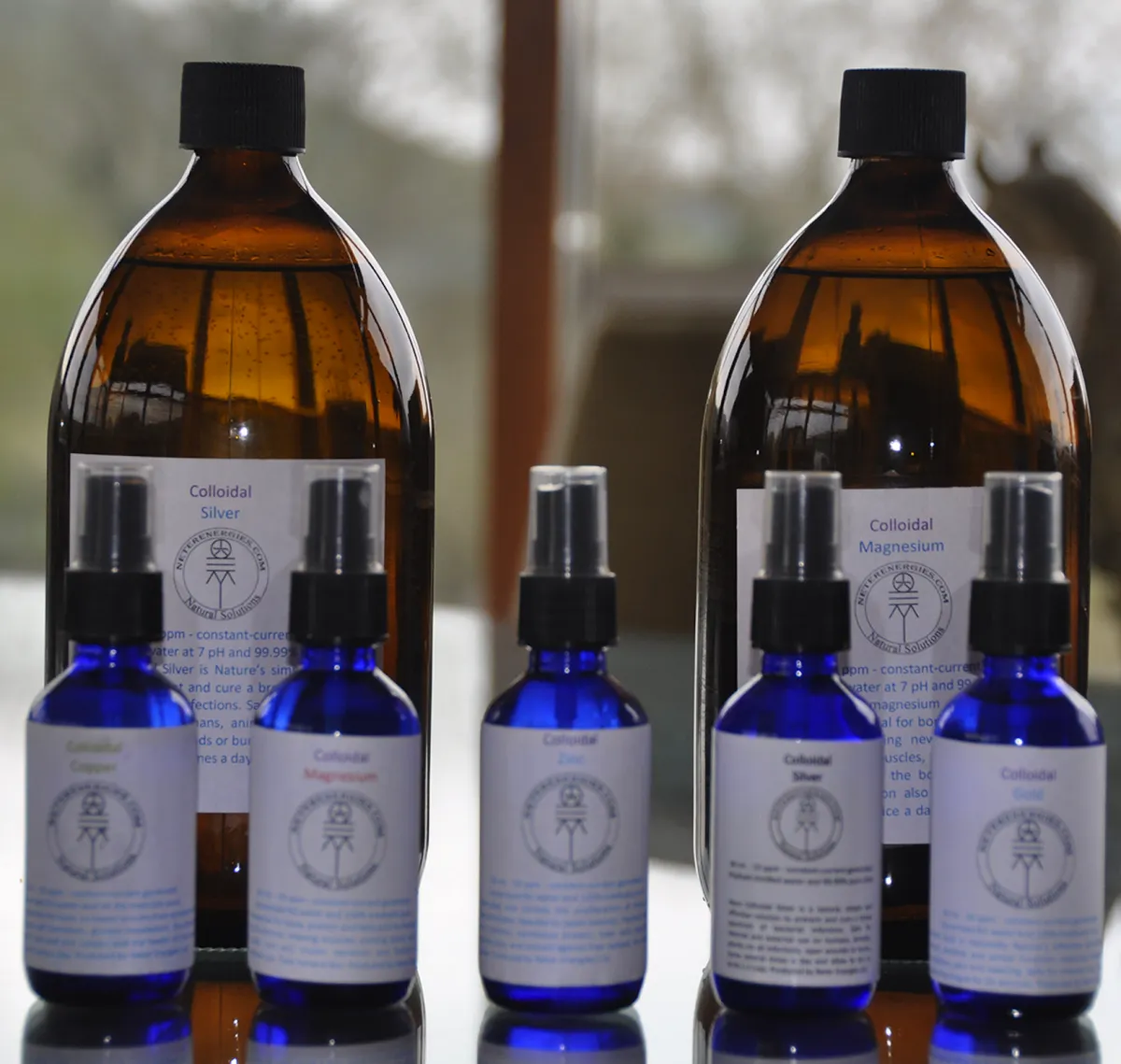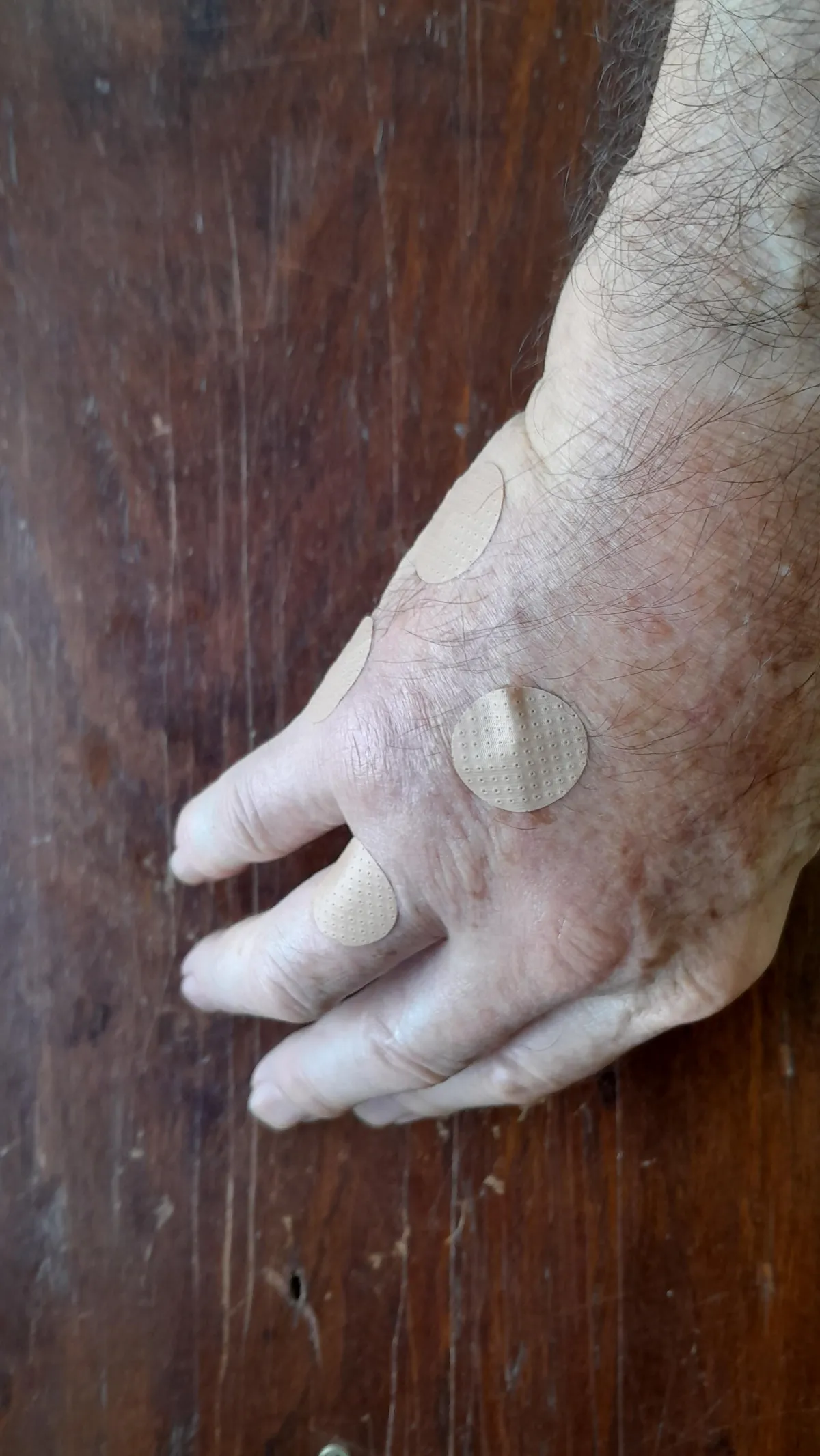Radiesthesia - The Authentic Path to Intuitive Skill
Radiesthesia is more than basic divining or physics, it is a unique approach to finding a way to connect your intuitive and rational ability, not available by other means, so providing immediate solutions for your spiritual, emotional, mental and physical well-being. Practical and powerful, this is a tool to help you gain the clarity and confidence needed to navigate life’s challenges.
Curious how Radiesthesia can transform your life? Explore the tabs above or reach out — your path to the sense and spirit of perception starts here!
Quality Information
FDV - FREELAND DOUBLE VORTEX
Nature’s iconic geometric spiral form, especially when using centripetal and centrifugal patterns, can be applied to modify the way electromagnetic radiation impacts the human metabolism. The advantage of geometric form is that it cannot saturate, so no worries about cleaning, recharging or change in molecular structure due to aggressive frequencies.
WHAT IS RADIESTHESIA?
Thanks to a sense that we all possess, the ability to perceive, Radiesthesia allows us to access the essence or truth of the matter. By consciously aligning the All-conscious self with all that exists, we create the connection with what actually exists in all the dimensions we experience. The perfect method to discover the true workings of our "world".
REALAXATION®
A three-minute solution to move out of the fight-or-flight nervous mode into the energy-restoring parasympathetic. An unique method to transform stress, muscular tension and negative emotions by consciously applying muscular relaxation via instruction to the nerves. Real relaxation - Realaxation - enables total efficiency thanks to the exploration of the hypnagogic states.
SPIRIT RELEASE
A simple, wholistic approach, with the benefit of all concerned in mind, you and the invasive entity, allowing a more singular “energy”. If you feel you need relief from possession/obsession, attachments/entities, curse or other please contact me with your name, date of birth and a photo and I will get back in touch if there is anything I can do.
Mysteries of the Round Towers
About The Book
An investigation of the round towers of Ireland and Scotland
• Reveals how the round towers were built over the crossing of underground waterways and with every stone in magnetic polarity alignment
• Explains how the siting and magnetic properties of the towers energetically enhances the surrounding environment, akin to
feng shui and vastu
• Presents a guide to the energetic principles behind the creation and purpose of the round towers
Natural, Authentic Solutions

NETER ENERGIES - life in harmony
Nature is whole allowing for no separation. The natural principles which, although invisible, govern one and all allow us to experience life in harmony if we manage to live by their dictates thanks to our ability of observation and discrimination.
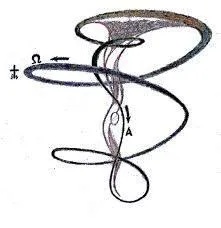
VITAL ENERGY - human life force
We all share a Vital Force which possesses certain natural characteristics, properties if you like, that make up life. We tend to ignore them as they cannot be quantified, let alone be seen. This is a hard look at a few of these – consciousness, energy, existence and thought, to mention a few…

STRESS RELIEF - stress reduction
Stress is the malaise of modern times which can only increase as we mess with the frequencies in the once carefully balanced environment. But there are solutions….
FAQS
What is Radiesthesia?
Radiesthesia has: Everything to do with knowledge, but nothing to do with empirical science or scientism. Everything to do with perception, but nothing to do with the paltry five Aristotelian senses. Everything to do with life, but nothing whatsoever to do with its atomic or molecular differentiation. Everything to do with spirit, for that is the constant we are dealing with – in all places, at all times. There is nothing magical about this, unless you believe that the world itself is magic, in which case I agree totally. If one feels or is able to consider the idea that life is a vibrant, spiritual whole, there is a strong chance that you can reason that the ‘glue’ is common to one and all, and that is what we are dealing with in Radiesthesia – the connection and communication of the spirit component.
How does Radiesthesia work?
On the basis of a whole, totally interconnected existence. When one “knows” that is what we live in, rather than some subject-object based paradigm, then it is natural to such a context.The secret of dowsing lies, it seems, in the thought and its expression. This thought, if to be developed, is expressed as a carefully formulated question, uniquely with “yes” or “no” as the potential answer. If the thought (or question) is carefully formulated and addressed to the all-conscious (not the subconscious or unconscious mind, those are rather derogatory terms), and calmly allowed the time to circulate in the space where thoughts reside, the reaction to the question—yes, it’s good for you, or no, it’s bad for you—impacts the nerves and causes muscular movement, hence the answer.
The Scope of Radiesthesia?
Probably limitless, the important thing to remember is whether you can handle the answer, emotionally that can be overwhelming. The possible applications of this activity are extensive, from simple Q & AQ and A including searches for water or minerals, sexing a plant or animal, geological incidences (e.g., underground water and geological fault lines), lost persons or objects, authors of anonymous letters, criminals, and mines and buried ordinance. Solving scientific problems; directing the exteriorization of thought; determining the mental influence of one individual on another; interrogating the past; instigating ideas in others; discovering what others think; transmitting basic telepathic messages; discovering ailments in humansPersonal Consulting Session (physical, emotional, mental, or spiritual), animals (emotional, physical or mental), and plants (emotional, physical); and in-depth characterCharacter Analysis reading are all possible.
What is the right service for me?
It depends so much on what you are experiencing. Is it geopathic stressGeopathic Stress (GS)that is complicating your life? Is it because you are in a relationship with a narcissistColours? Do you have a hanger-onPossession/? Is there an organic/metabolic concernAnalysis? Are you looking for a regular checkup of yourself and environment Monitoring?
Is there a colloidal suitable for me?
The range of benefits to be gained from colloidal homeopathics is extensive, and their efficiency can be appreciated from the fact that they have been around since ancient Egyptian times. Probably the best way to find out which one is best for you and yours would be to have a Q&A sessionQ and A.
Copyright © 2025 - All rights reserved by Christopher Freeland

